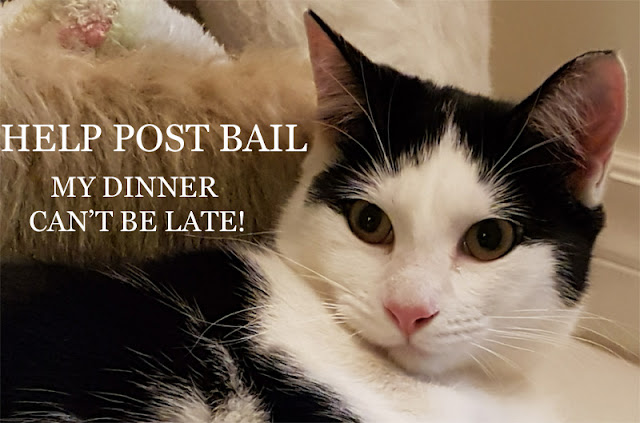Finalist for Canada's Favourite Science Blog

Companion Animal Psychology is a finalist in the People’s Choice Award for Canada’s Favourite Science Blog. By Zazie Todd, PhD Companion Animal Psychology is one of three finalists in the People’s Choice Award for Canada’s Favourite Science Blog. It is a real honour and I am thrilled. Thank you very much for your support! And thank you to Science Borealis and Science Writers and Communicators of Canada for organizing the competition. The winner will be announced on Thursday November 2nd. Check out the other two finalists, The Body of Evidence and Art the Science . You can read about all the finalists in the Science Borealis announcement here , and you can also see the three science website finalists there. And you follow on twitter with the hashtag #CdnSciFav.








